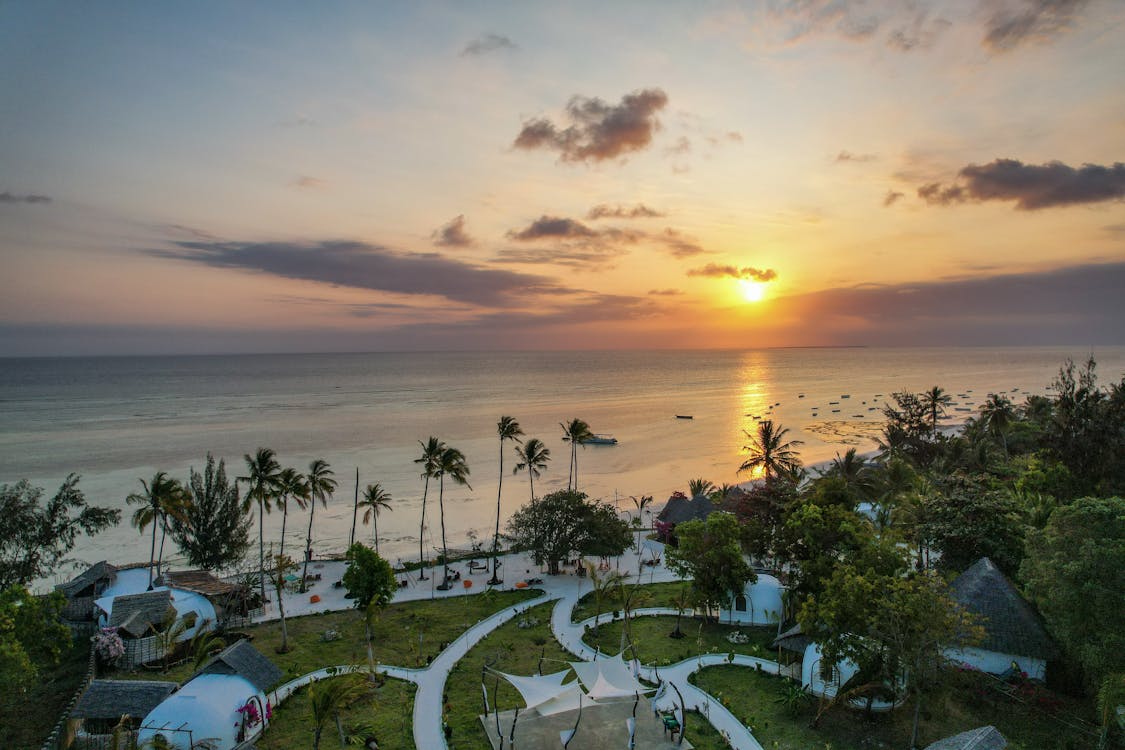
The Great Migration: Nature's Most Spectacular Wildlife Show
The Great Migration is often described as one of the most spectacular wildlife shows on Earth. Each year, over 1.5 million wildebeest, along with hundreds of thousands of zebras and gazelles, make a circular journey through the Serengeti-Mara ecosystem in search of fresh grazing and water.
The Annual Cycle
The migration follows a clockwise route through Tanzania's Serengeti National Park and Kenya's Masai Mara National Reserve. While many think of the migration as a single event, it's actually a year-round cycle with different highlights throughout the seasons:
- December to March: The herds gather in the southern Serengeti for calving season. Nearly 500,000 calves are born within a 2-3 week period.
- April to May: As the rains end, the herds begin moving northwest through the central Serengeti.
- June to July: The migration reaches the western corridor and faces the first major obstacle: crossing the Grumeti River with its lurking crocodiles.
- August to October: The herds cross into Kenya's Masai Mara, where they must brave the treacherous Mara River crossings.
- November: As the short rains begin, the herds start their journey south again, completing the cycle.
River Crossings: Nature's Drama
The river crossings are perhaps the most dramatic moments of the migration. As thousands of animals gather at the riverbanks, tension builds. Once the first animals take the plunge, others follow in a chaotic rush. Nile crocodiles, some over 16 feet long, wait patiently for their annual feast. These crossings are a stark reminder of nature's brutal efficiency - the weak and unlucky fall prey to predators, ensuring only the strongest survive to continue the species.
Best Time to Witness the Migration
While the migration is a year-round phenomenon, certain times offer more dramatic viewing:
- Calving Season (February): Witness thousands of wildebeest calves being born daily in the southern Serengeti.
- River Crossings (July to October): The most dramatic phase, with thousands of animals braving crocodile-infested waters.
Conservation Challenges
Despite being protected within national parks, the migration faces numerous threats. Climate change is altering rainfall patterns, affecting the timing and routes of the migration. Human development and fencing block traditional migratory routes. Conservation efforts focus on maintaining wildlife corridors and working with local communities to ensure this spectacular natural phenomenon continues for generations to come.
Planning Your Visit
To witness the Great Migration, careful planning is essential. Work with experienced tour operators who understand the migration patterns and can position you in the right place at the right time. Mobile tented camps that follow the migration offer an immersive experience, allowing you to wake up in the midst of the herds.
Remember that nature operates on its own schedule, and wildlife viewing requires patience. However, those who make the journey are rewarded with one of the most awe-inspiring wildlife spectacles on the planet - a true reminder of the raw power and beauty of nature.
Gallery

Click to view

Click to view

Click to view

Click to view
Reserve Your Luxury Escape
When you stay with Pamoja, you’re doing more than exploring — you’re helping conserve wildlife, uplift communities, and protect the environment for generations to come. Let your journey be part of something greater.
Check Availability

